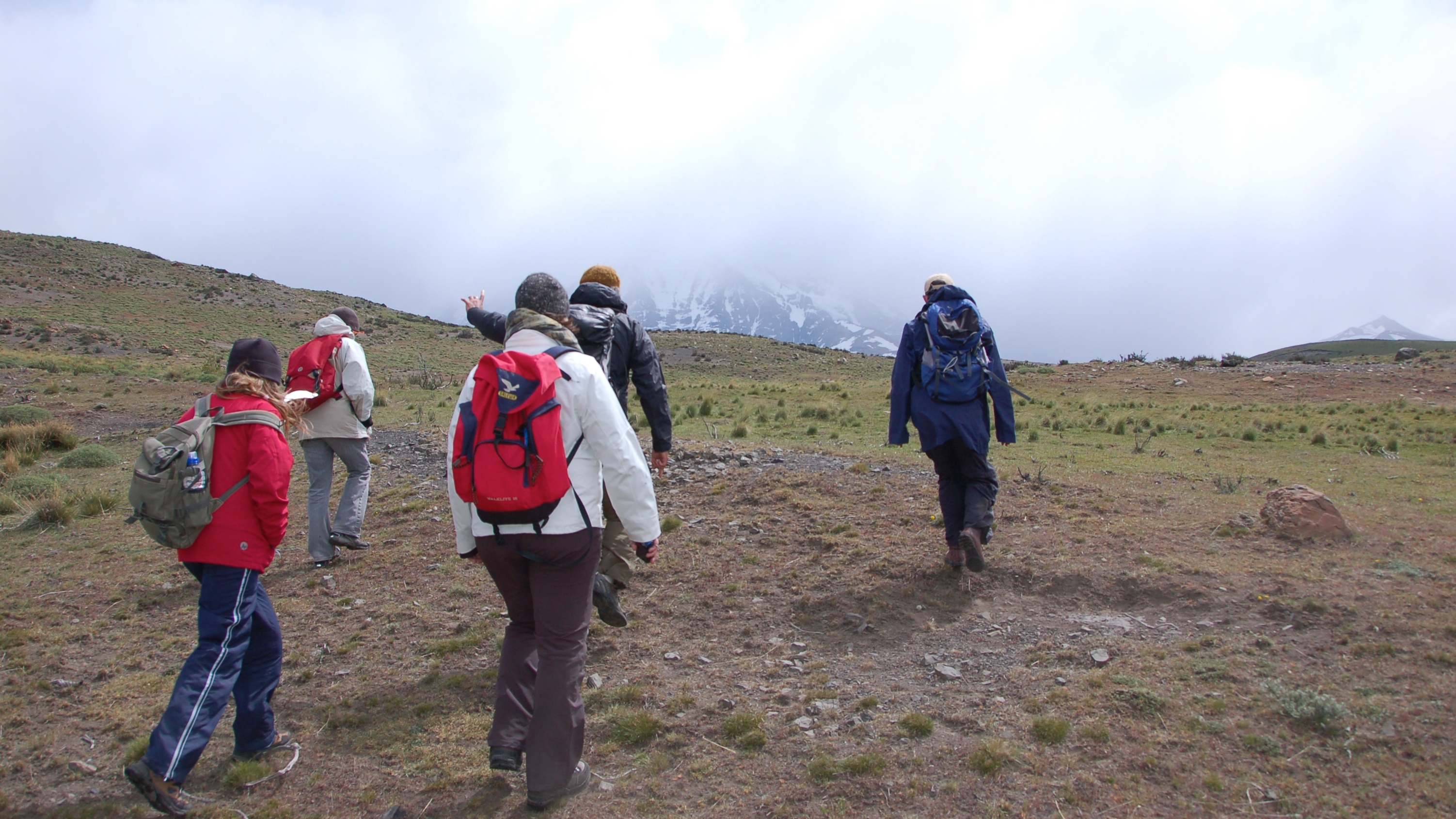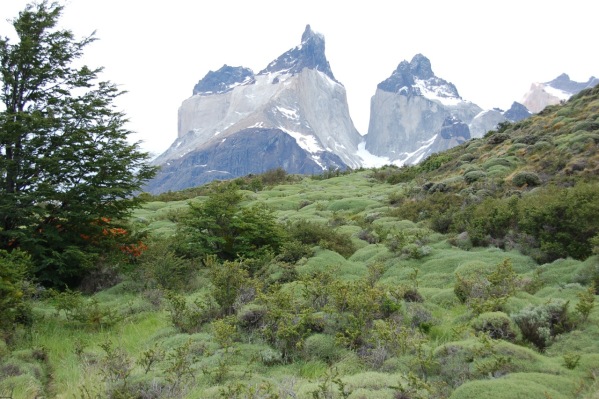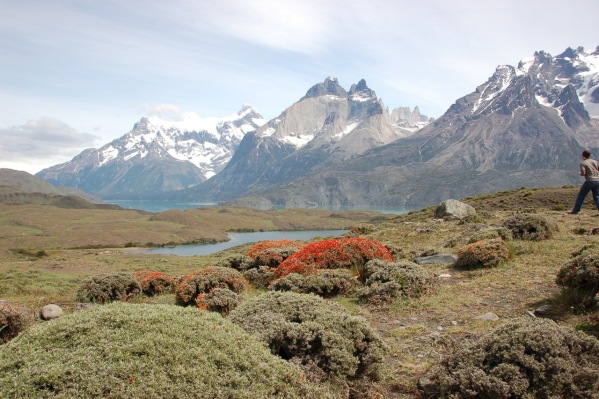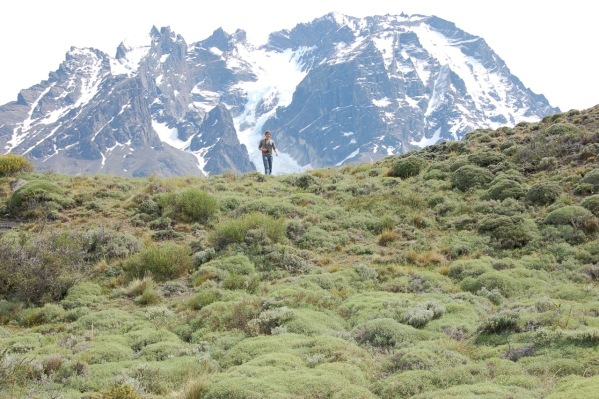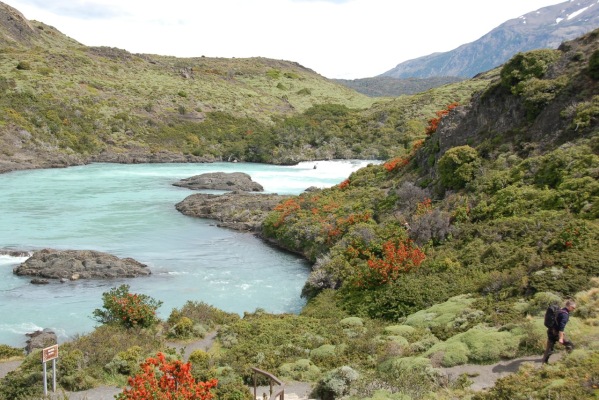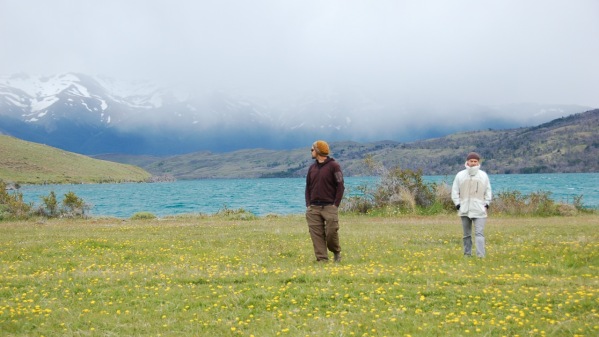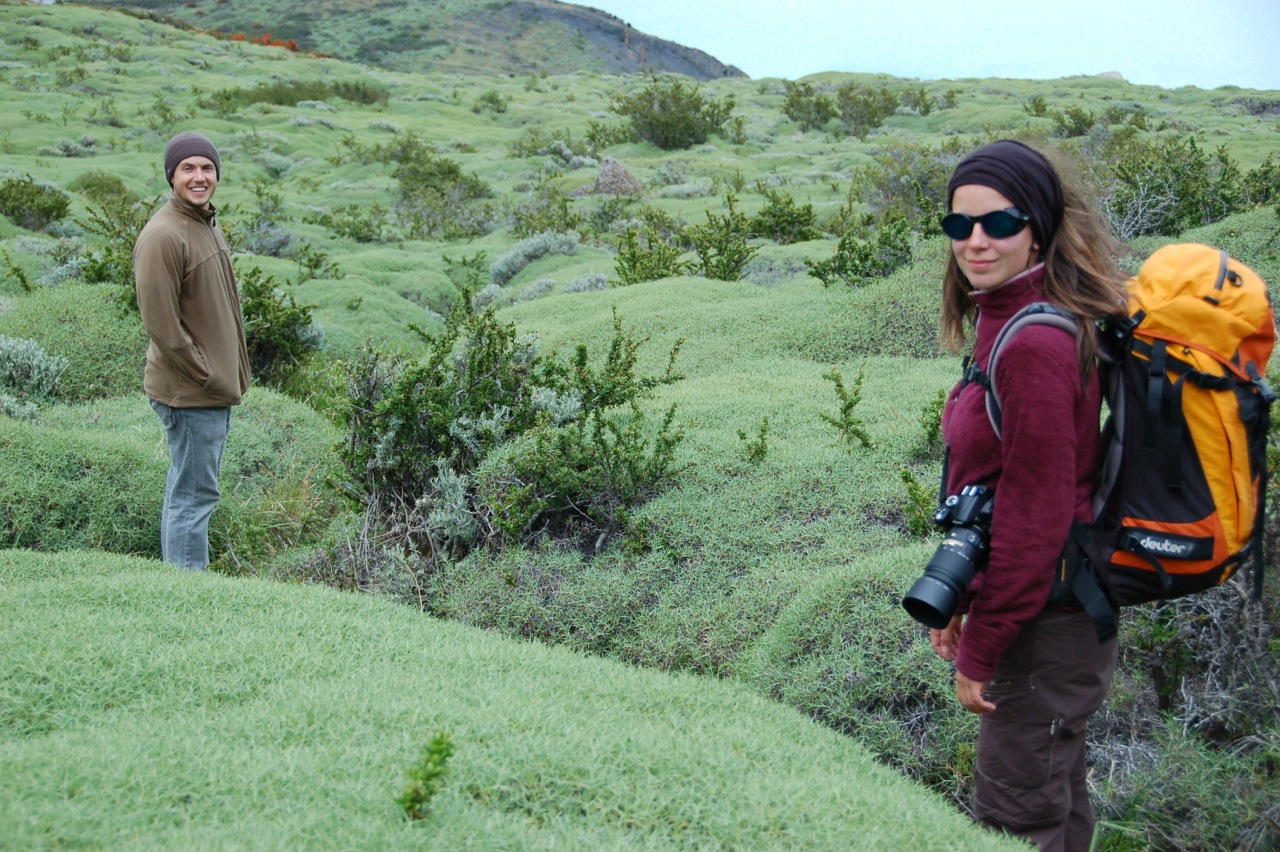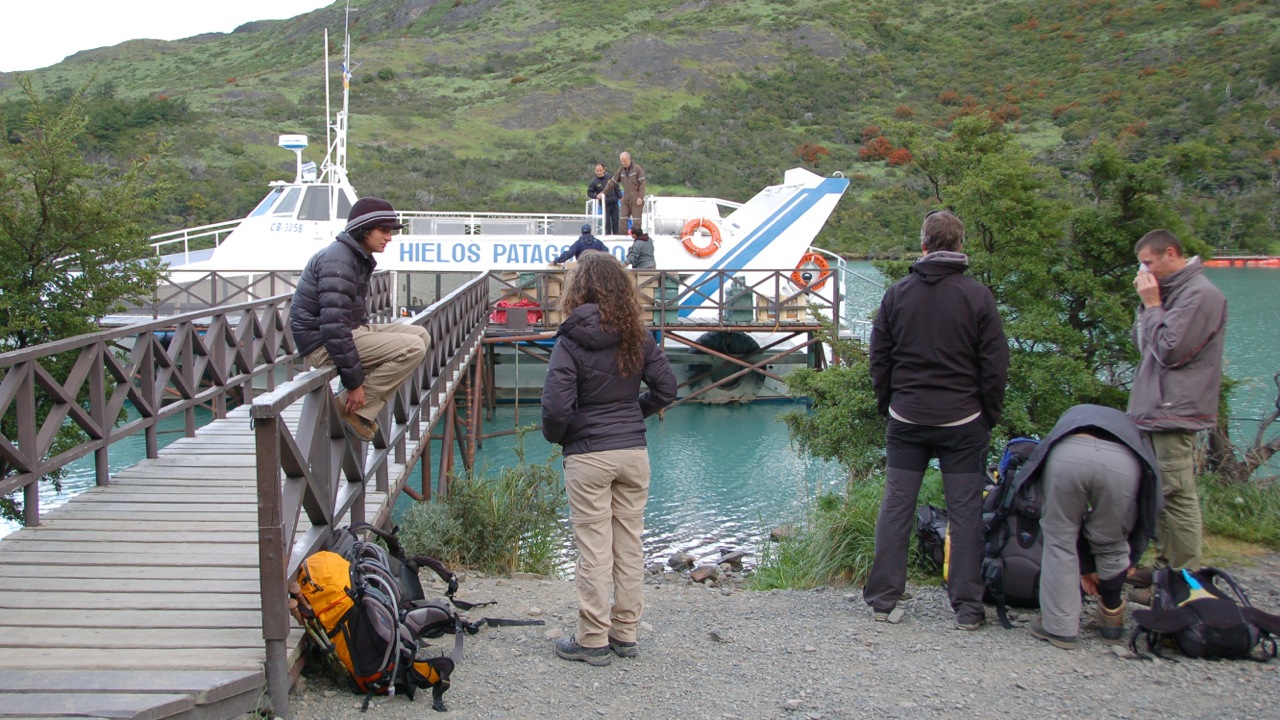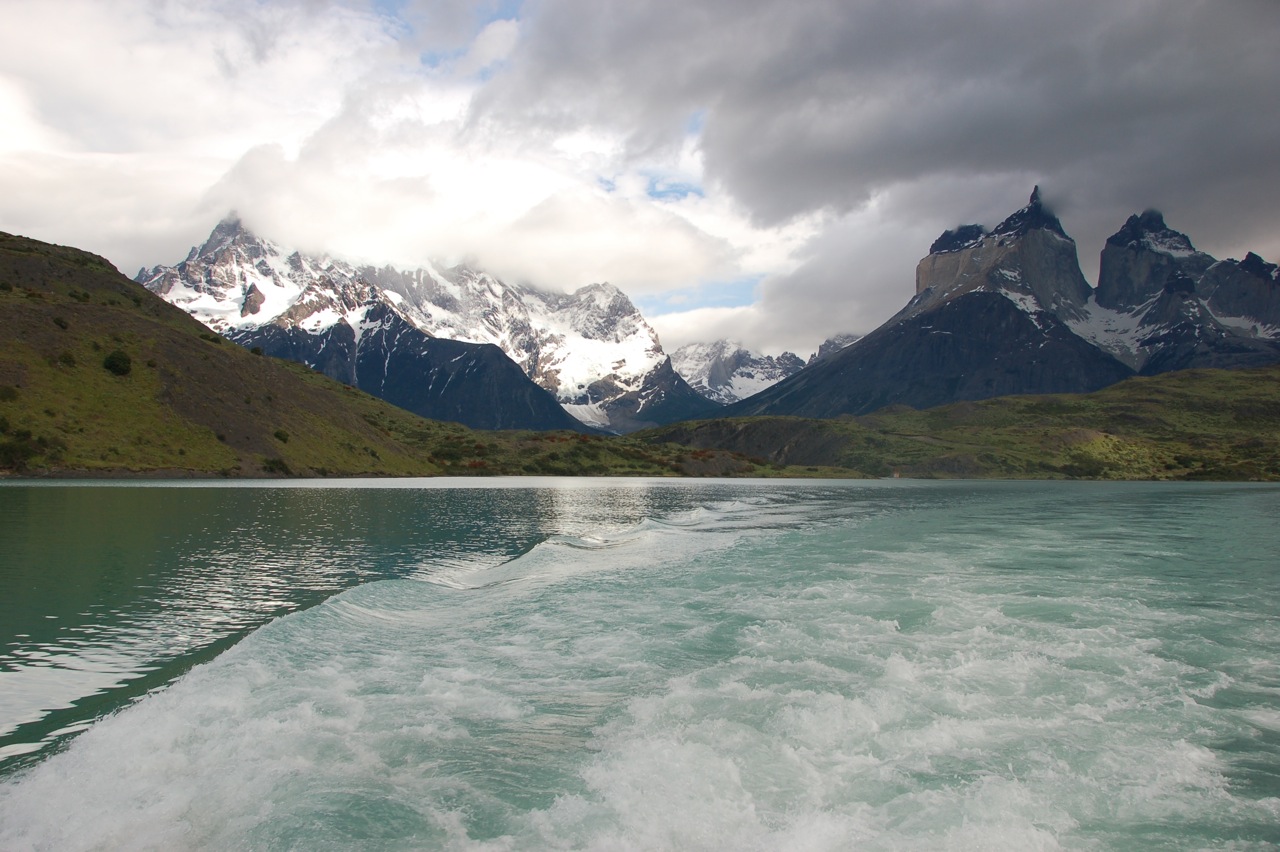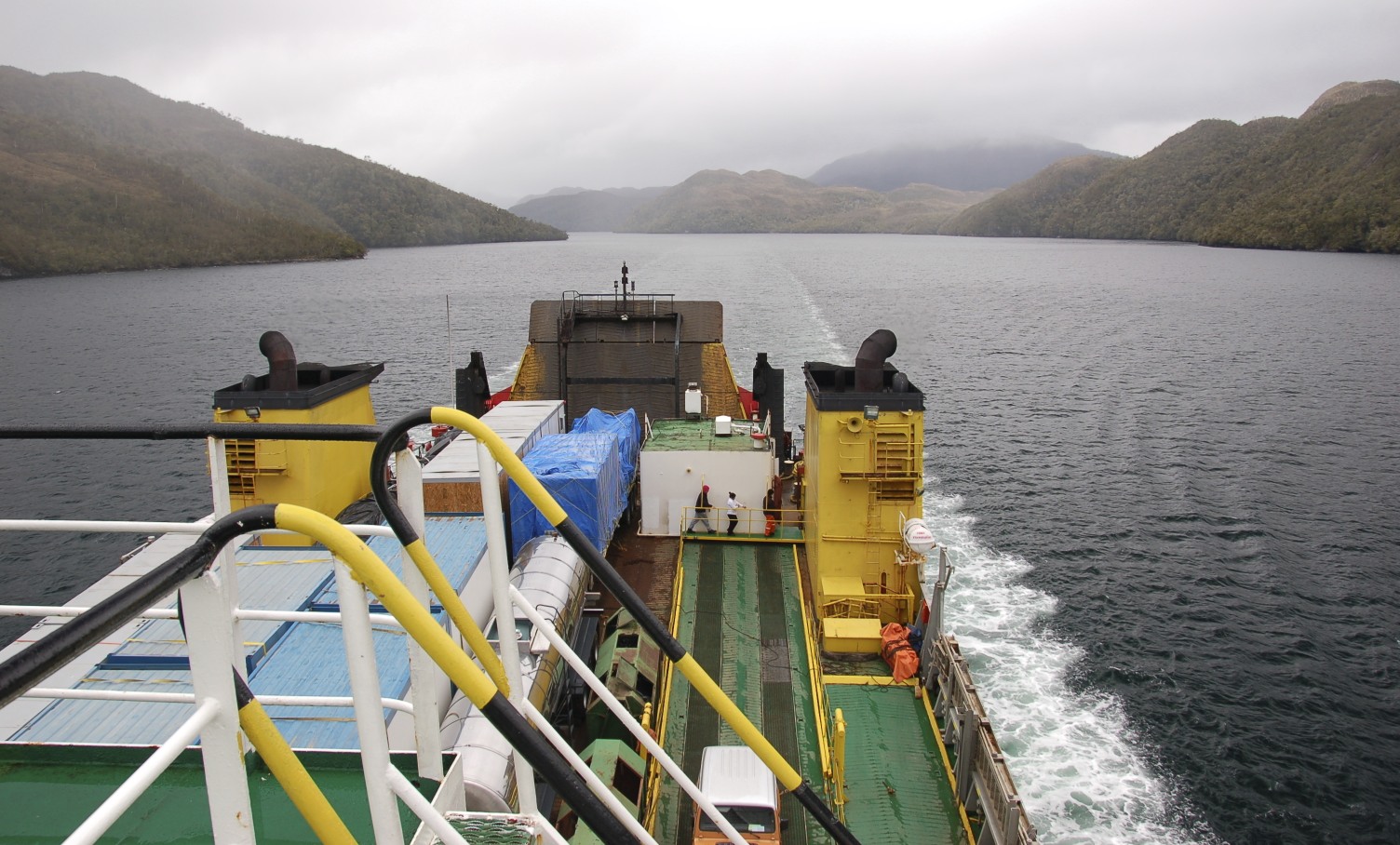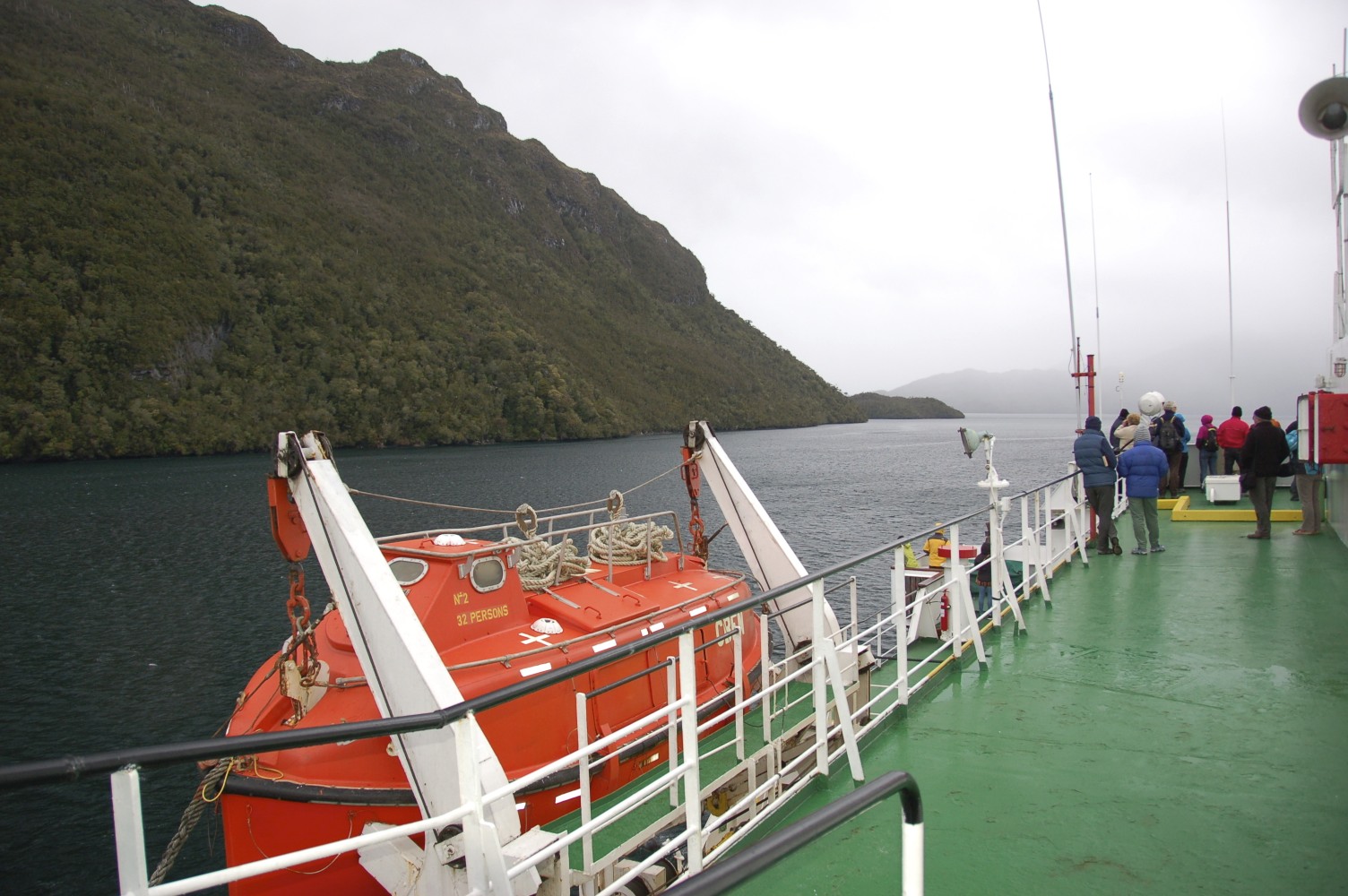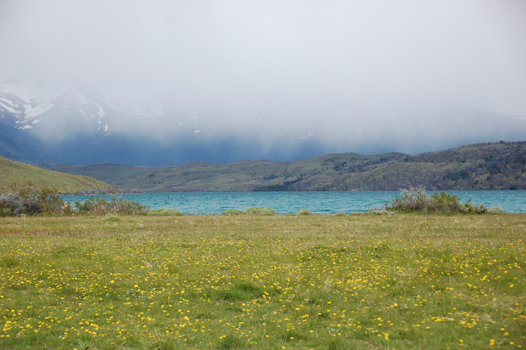SUNDAY PALEO / April 22, 2012
 Sunday, April 22, 2012 at 12:02AM
Sunday, April 22, 2012 at 12:02AM 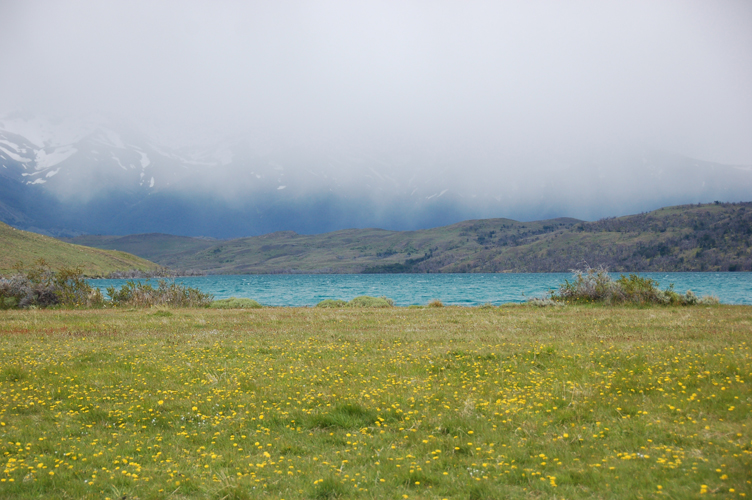 Everyday should be Earth day. Patagonia.
Everyday should be Earth day. Patagonia.
FITNESS
Backwoods Workouts With the World’s Fittest Man
"Erwan Le Corre doesn’t care for treadmills or pumping iron. He gave up karate long ago and lost interest in playing soccer. Nor does yoga, yin to the yang of the weight room, hold much appeal for the 40-year-old Frenchman. Yet Le Corre is built like a track star and can climb a tree as quickly as cat. He is also is adept at carrying logs, tossing rocks, scaling cliffs, slogging through mud pits and wrestling." - Smithsonian.com
MODERN DISEASES
Daily Soda Consumption Increases Stroke Risk
"In the study, men and women who consumed one or more sugar-sweetened sodas per day were 16 percent more likely to have a stroke over a 20- to 30-year period, compared with those who drank no soda." - MyHealthNewsDaily Staff
Omega-3 Polyunsaturated Fatty Acids: Mechanisms and Clinical: n-3 PUFAs; The Potential for Atherosclerotic Plaque Stability
"The n-3 PUFAs have been shown to exert a range of anti-inflammatory actions, he said, which include decreased production of arachidonic acid-derived prostaglandins and leukotrienes, decreased production of inflammatory cytokines, decreased expression of adhesion molecules and decreased expression of degrading proteinases that can erode plaque caps." - Medscape
NUTRITION
Eat Like A Caveman: Nutrition Lessons From The Paleolithic Era
"Paleo diet–approved foods are high in soluble fiber, antioxidants, phytochemicals, omega-3 and monounsaturated fats and low-glycemic carbohydrates—the kind of nutrients that allowed our ancestors to have strong, lean and active bodies." - Wellness Times
Teach Kids to Read “High Fructose Corn Syrup” in Ingredient Lists
"So off to the candy aisle we went. We walked out of the store with a bottle of Mellow Yellow because it was cheap and the print was bigger. In case you don’t know what that is – I certainly didn’t – it’s a lemon soda that contains nothing but poisonous substances. If you try this experiment at home, whatever you do, don’t open that bottle!" - The Primal Parent
PALEO RECIPES
- Paleo Shrimp and Whitefish Ceviche, A Chilled Snack with Ginger
- Two Minute Tuna Salad
- Sweet BBQ Baby Back Ribs (and instructions for a DIY wood-fired grill)
TRANSPORTATION
In the market for an electric car? Check out the new Ford Focus here and here. Or, maybe you want to wait for the Sora electric motorcycle by Lito Green Motion; video here.
URBAN FARMING
Urban farming is reaching a new level. Not only are communities, such as Boise, increasingly embracing the concept, its benefits beyond food, such as in Green Gotham, are also increasingly being recognized. Now Michigan is proposing a “100-acre, $100-million urban-farming research center in Detroit” and Colorado State University is hiring its “first urban agriculture extension agent.”
Find a brief survey of urban farming in cities throughout the world here. Some people are even being salaried for their efforts.
FROM THE ARCHIVE
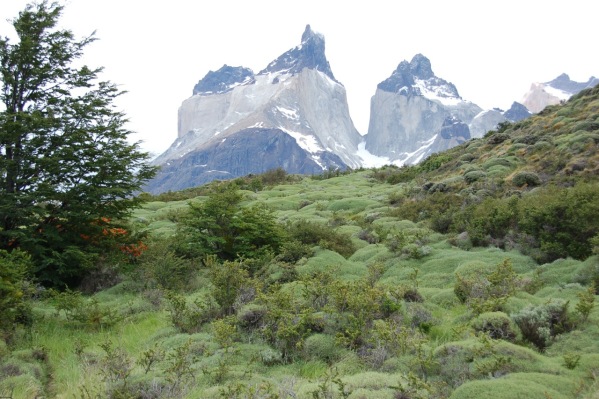
 Erwan Le Corre,
Erwan Le Corre,  MovNat,
MovNat,  Paleo diet,
Paleo diet,  Patagonia,
Patagonia,  Urban farm in
Urban farm in  Sunday Paleo
Sunday Paleo 

